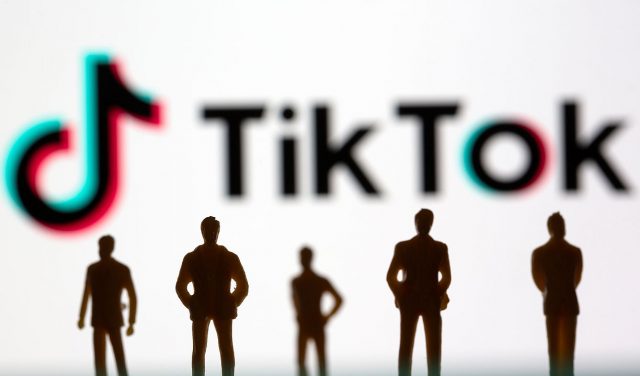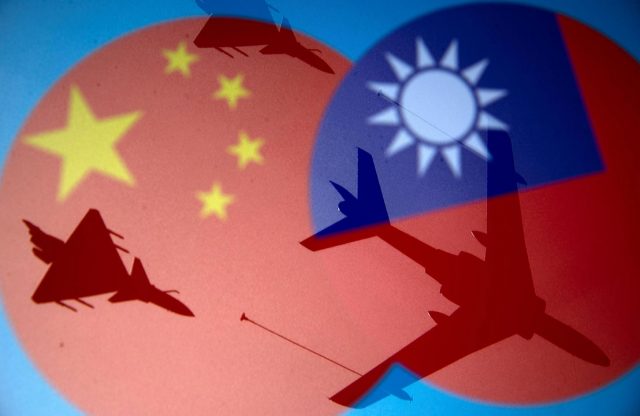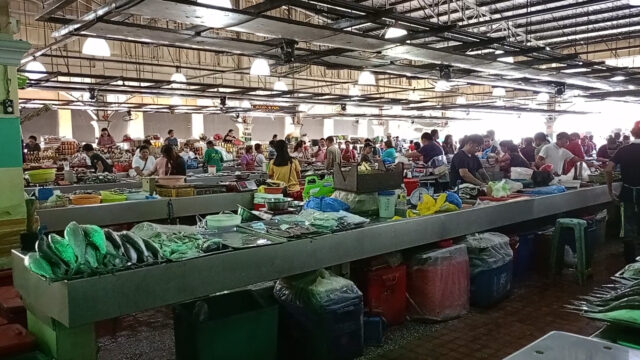Harris’ VP pick Tim Walz rallies Democrats in a stirring speech

CHICAGO — Vice Presidential (VP) candidate Tim Walz led fellow Democrats in a political pep rally on Wednesday night, vowing that he and presidential running mate Kamala Harris would triumph over Republican Donald Trump in November’s US election.
The Minnesota governor, who was little known in America 15 days ago, acknowledged he had never given such a big speech but said that as a former high school football coach, “I have given a lot of pep talks.”
The crowd responded with chants of “Coach, Coach, Coach!”
Mr. Walz brought his plain-speaking style and small-town values to the national stage, joined by a litany of political luminaries and star entertainers on the third night of the Democratic National Convention in Chicago.
Mr. Walz, 60, accepted his party’s nomination for the No. 2 job.
He said America should be a place where children don’t go hungry, healthcare and housing are human rights, “and the government stays the hell out of your bedroom,” referring to Republican assaults on abortion rights and same-sex marriage.
He spoke of preserving the freedoms that Democrats say are under attack from Mr. Trump, 78, who is making his third major-party run for the White House. Mr. Walz said a second Trump White House would serve nobody except the wealthy and most extreme.
In the audience beside his mother and sister, Mr. Walz’s son Gus, 17, leapt to his feet during his father’s remarks, pointing at the stage while appearing to shout, “That’s my Dad,” and shedding tears. Ms. Harris, 59, will address the gathering on its final night on Thursday.
WINFREY, CLINTON JOIN THE FIGHT
Media personality Oprah Winfrey joined Democratic former President Bill Clinton and others to press the case that while Mr. Trump was for himself, Ms. Harris was for the country.
“Next time you hear him, don’t count the lies. Count the I’s,” Mr. Clinton, 78, told the cheering crowd at the national convention, his 12th at such event.
Ms. Winfrey, describing herself as an independent voter, said, “I’m calling on all you independents and all you undecided. … Decency and respect are on the ballot in 2024.”
Delegates sprang to their feet, cheering loudly when she entered the stage, a surprise addition to the program.
Vice President Harris emerged as the 2024 Democratic candidate last month following President Joseph R. Biden’s exit from the Nov. 5 race and brought the lesser-known Mr. Walz to the national stage 15 days ago.
American singer-songwriter Stevie Wonder performed, actress Mindy Kaling joked about cooking with her friend Kamala.
Republican deserters joined Democratic stalwarts in supporting the Harris-Walz ticket with Wednesday’s spotlight on Jan. 6, 2021. A video showed Mr. Trump exhorting supporters that day to be strong and fight before they stormed the US Capitol to try to block Biden’s 2020 victory.
As the video played, delegates sat in silence, a sharp contrast to their roars and applause throughout the night.
Olivia Troye, who quit her White House national security job under Mr. Trump after Jan. 6, said the Republican candidate was laying the groundwork to undermine the 2024 election.
Geoff Duncan, the former lieutenant governor of Georgia, spoke directly to the camera to tell fellow Republicans watching from home that they needed to “dump Trump.”
“If you vote for Kamala Harris in 2024 you’re not a Democrat, you’re a patriot,” he said.
Democrat Nancy Pelosi, who was House speaker on that day, said: “Let us not forget who assaulted democracy on Jan. 6: He did. But let us not forget who saved democracy that day: We did.”
Polls showed Mr. Biden, 81, trailing Mr. Trump before the Democratic president ceded the party’s top spot to Ms. Harris; polls now show her besting her Republican rival in several of the states that will decide the election.
DIVISIONS OVER GAZA PERSIST
Mr. Biden’s support for Israel’s assault on Hamas-ruled Gaza, one of the most divisive issues in the party, has not featured prominently at the convention. Palestinian health officials say the offensive has killed more than 40,000 people.
The parents of Israeli hostage Hersh Goldberg-Polin, Jon Polin and Rachel Goldberg, received a standing ovation and chants of “Bring Them Home” when they took the stage. Goldberg-Polin, 23, was among more than 200 hostages taken by Palestinian Hamas militants in their Oct. 7 attack on Israel.
“Bringing the hostages home is not a political issue. It is a humanitarian issue,” Polin said.
Leaders of the Uncommitted National Movement, which mobilized nearly 750,000 voters during the primary elections to protest US support for Israel’s war in Gaza, said late on Wednesday that convention organizers had rejected their request to include a Palestinian speaker in the program.
A handful of allies began a sit-in outside the convention center to protest the exclusion, vowing not to move until they get a speaking slot. — Reuters











